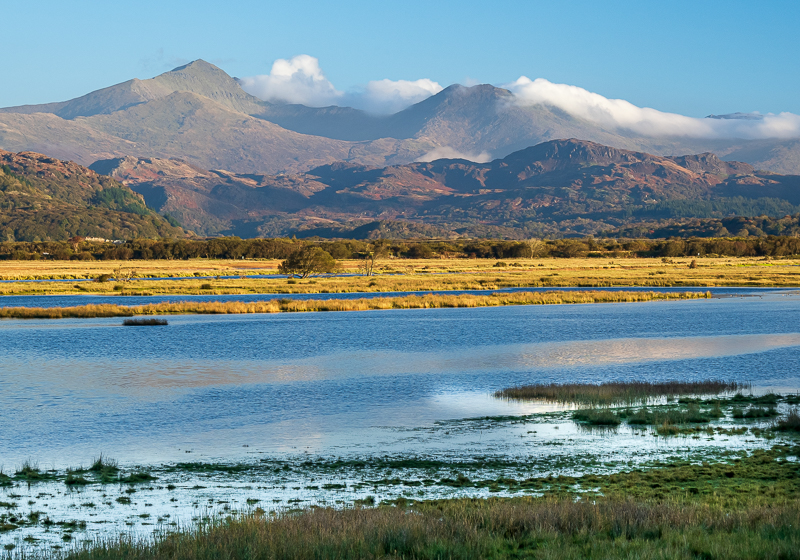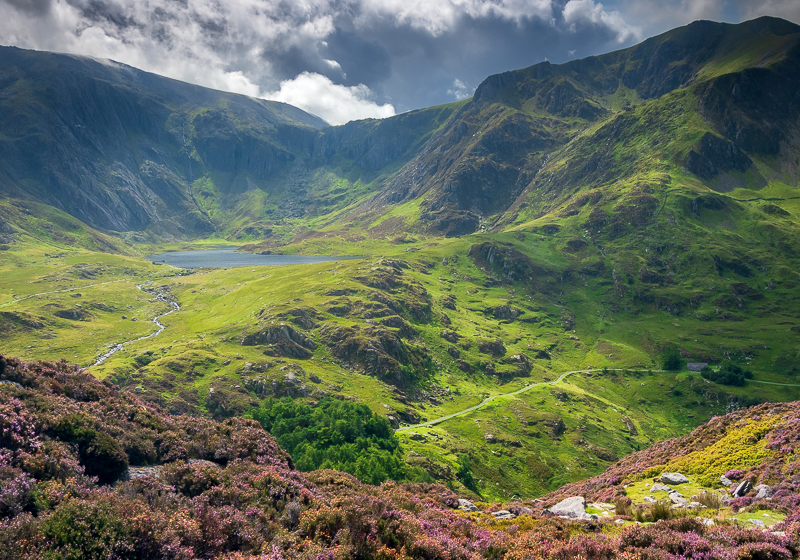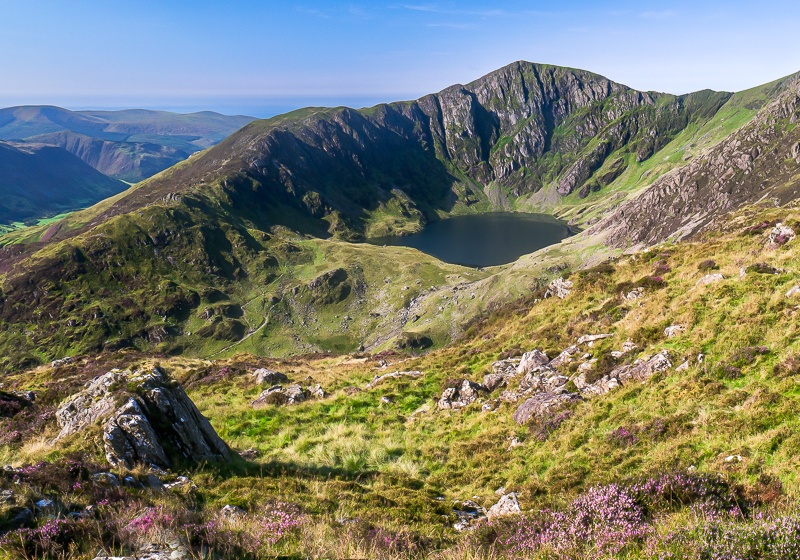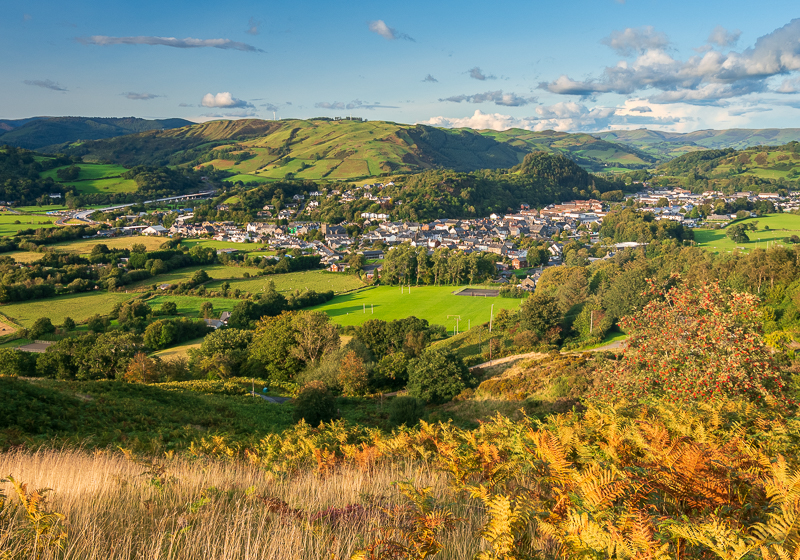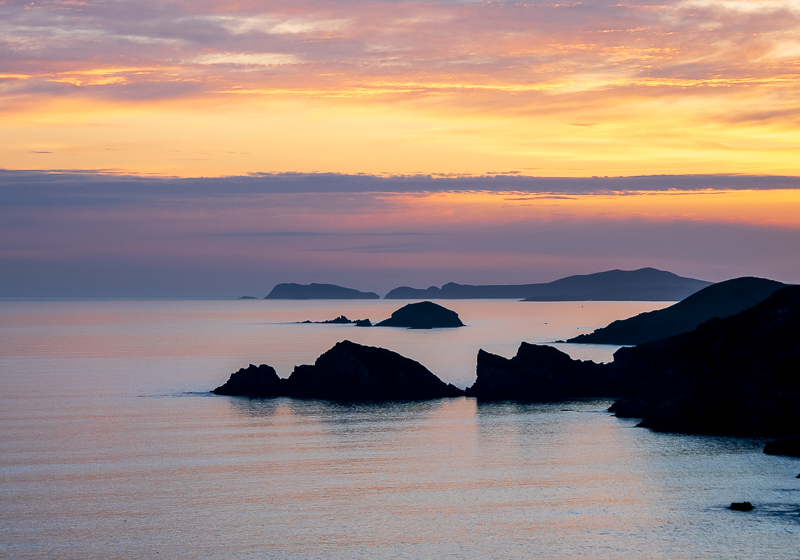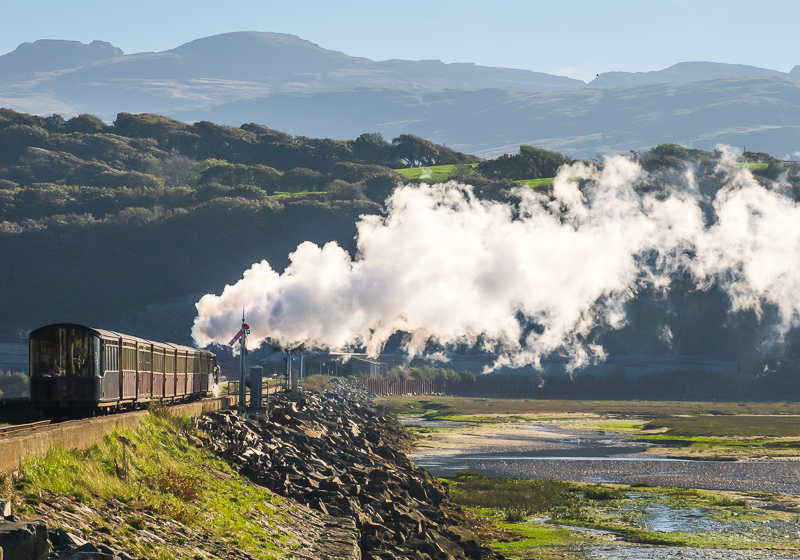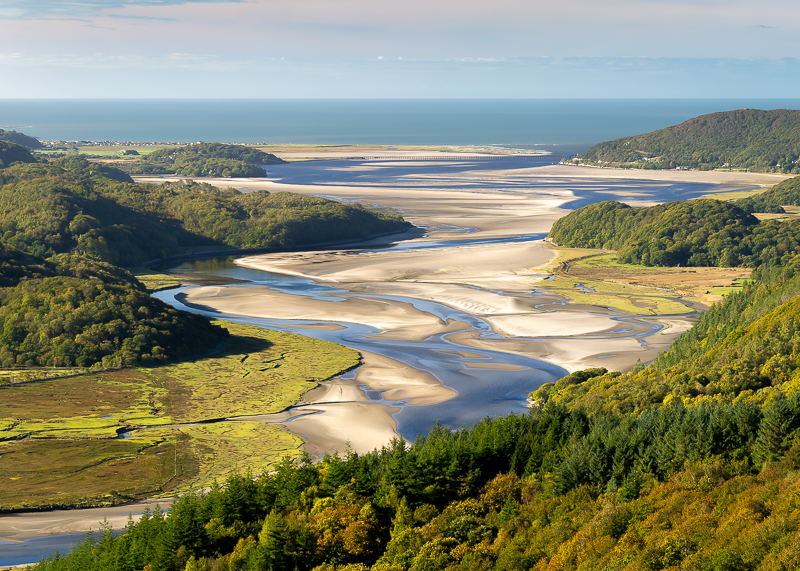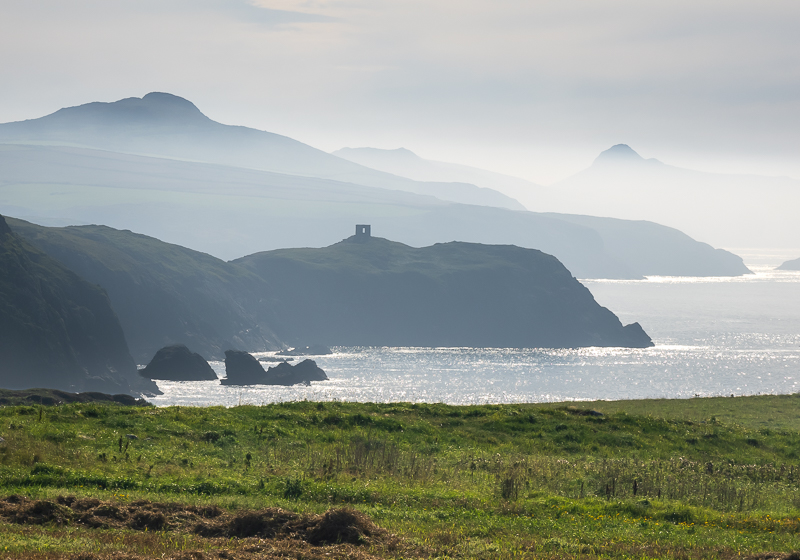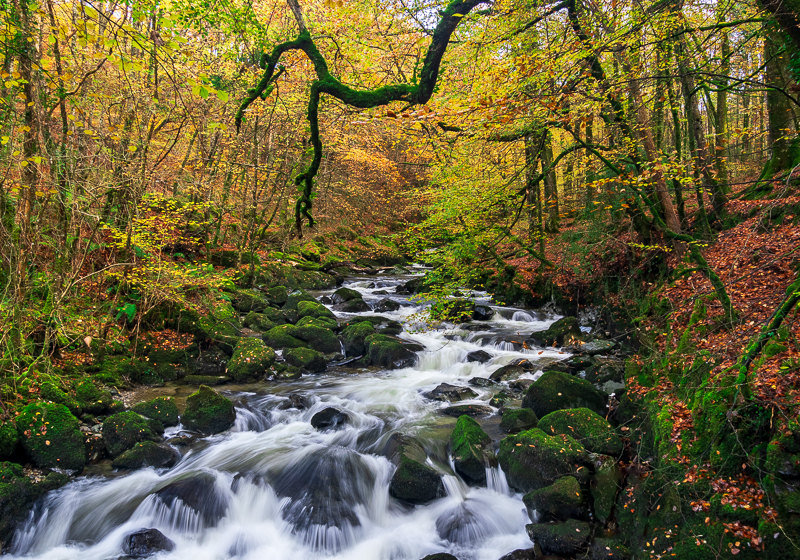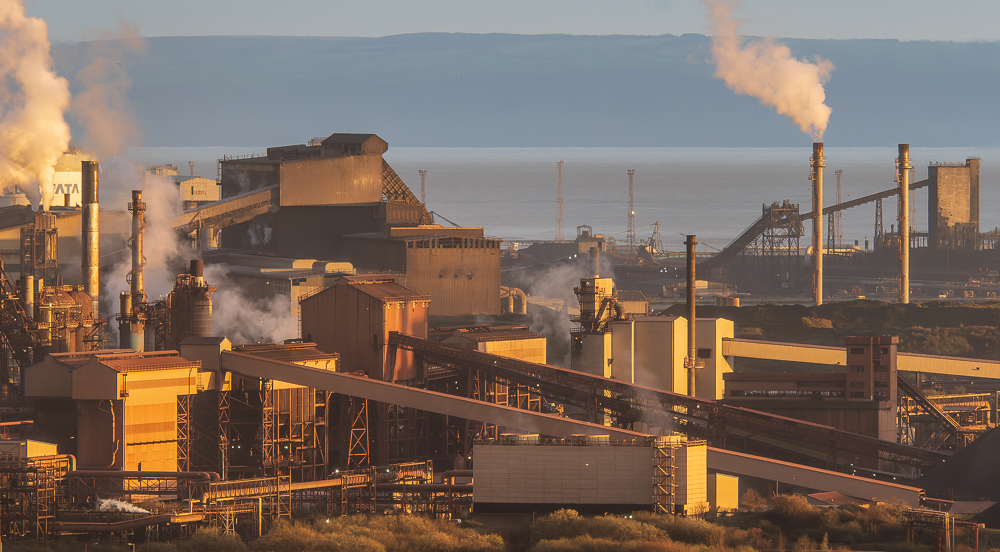
Family duties took me down to Swansea at the end of March, which gave me the opportunity to spend a day around Port Talbot and its steel works. It seemed like eighteen months since I had last been there (see this post) but on checking my files I discovered that it was three and a half years ago! “Doesn’t time fly” doesn’t really do that justice……
If you live in Wales you will probably have heard the steel works is threatened with closure, yet again, and this time it looks final. Its owners – the Indian multinational Tata – say that the plant loses over £1m a day, and if that is true who can blame them. But it is by far the biggest employer in the area and some 2800 jobs are likely to be lost, while there must be countless other local businesses whose survival depends indirectly on it. It is also the biggest single polluter in Wales, and is responsible for 2% of the UK’s total carbon emissions. Tata say that once the plant is levelled, they will build an electric arc furnace to recycle scrap steel into new steel. This process emits less carbon dioxide but is also less labour-intensive than making virgin steel in a blast furnace. Many jobs will still be lost, and, to be honest , Port Talbot and its environs are already pretty run down. Such are the dilemmas involved in reducing our dependence on fossil fuels.
I had been studying the OS 1:25000 map of the area in great detail before my visit, and had identified some potential new viewpoints. But my first location was the one I discovered on my previous visit, on the hillside directly above Port Talbot town centre. From there one looks south-eastwards towards the works, the nearest point of which is more than a mile away. I was going to need my long lens and a tripod.
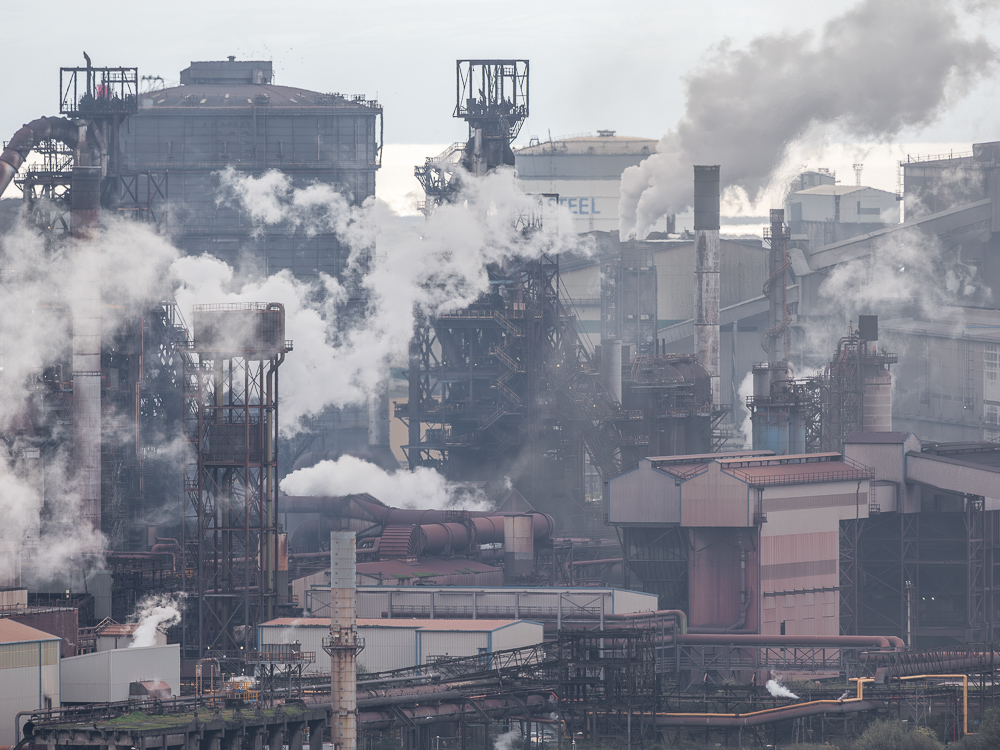
Over a period of an hour or so I took a range of images at focal lengths from 250mm – 300mm , that’s x10 to x12 magnification. Weather conditions were quite atmospheric; dry and mostly cloudy with little wind, lending an almost monochromatic air with very subtle colouration to the photographs (see above). It was a good start. I then moved further uphill, but found the visual impact of the works was less powerful the higher I got. My second location involved an steep drive on a minor road above the works and then an easy walk. I was higher still here and even more disappointed. From this height the works had a toytown feel to it. It just didn’t hit home at all.
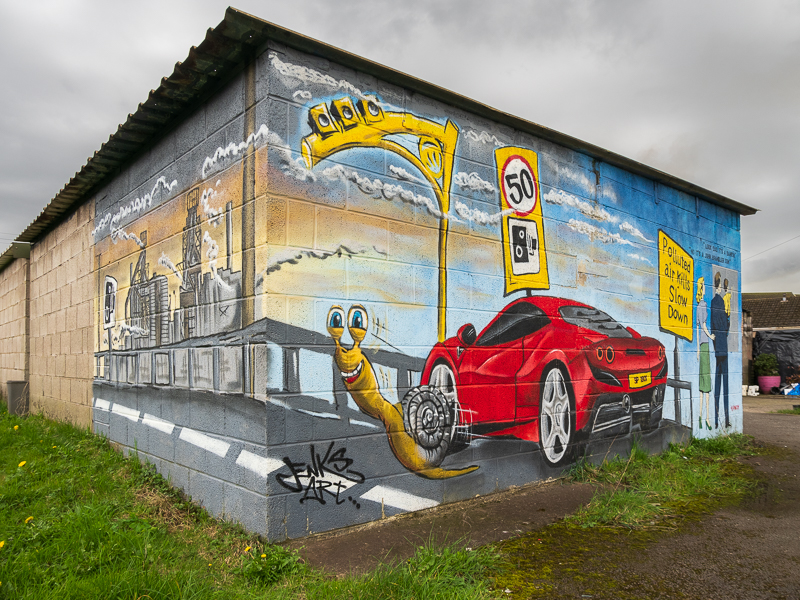
Driving back through the backstreets of Port Talbot I took a left turn on a hunch and was soon confronted by a colourful mural on two walls of a garage. A man was fixing his car nearby so I went over for a quick chat. It turned out that this garage wall was the exact location of the “Port Talbot Banksy” which suddenly appeared in December 2018. It had been bought by an art dealer and removed for safe-keeping, but remained on display in the town until 2022. The mural that I came across, purely by chance, by the street artist Steve Jenks, has none of the subtlety of the original. But the works features prominently on it, which adds another layer of human connection with the steel industry in Port Talbot.
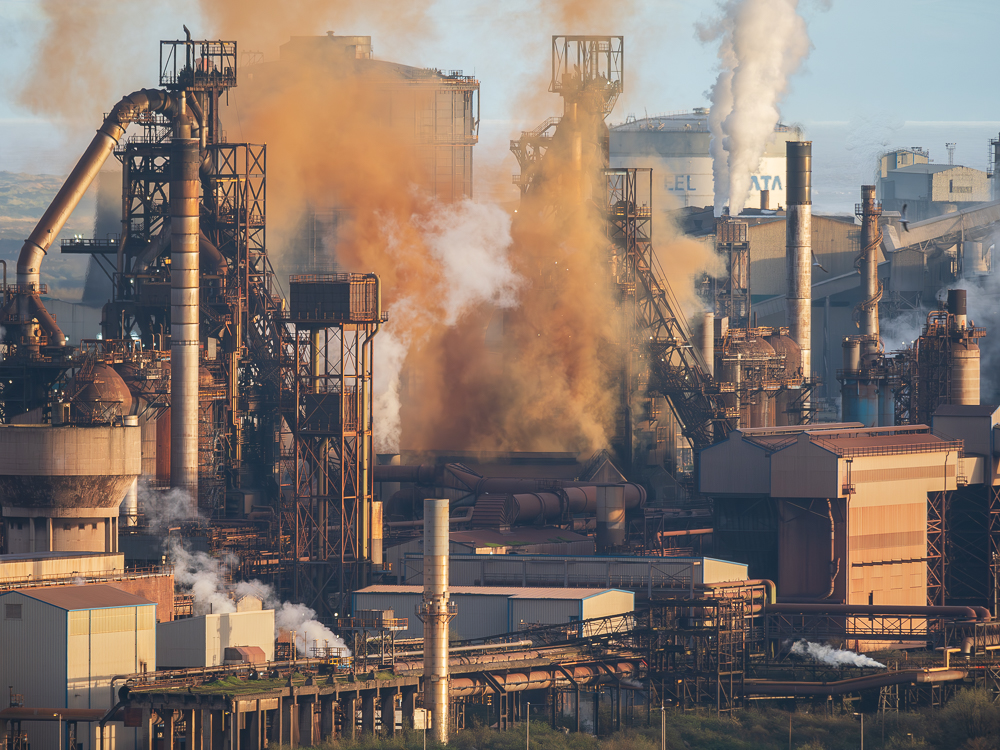
It was late afternoon by now and I could see a slot in the clouds close to the horizon in the western sky. It looked like I might get some golden hour light on the works if I was patient. I returned to my original viewpoint, and the sun crept slowly towards the slot. When it did finally emerge the steel complex was bathed in golden light. Right on cue a thick cloud of orange-brown smoke belched out from the centre of the complex and dissipated into the air above it. It was an exciting moment but………..
……………it felt almost indecent to photograph this filth in such gorgeous conditions. Does the landscape photographer have a responsibility to be honest about their subject matter, or to portray it in the best conditions possible? My day’s photography had asked more questions than it had provided answers. But I’m going to go out on a limb here: this is one of the best photographic locations in Wales.
For now.
To read more Tales from Wild Wales as they are published, please click the Follow button.
